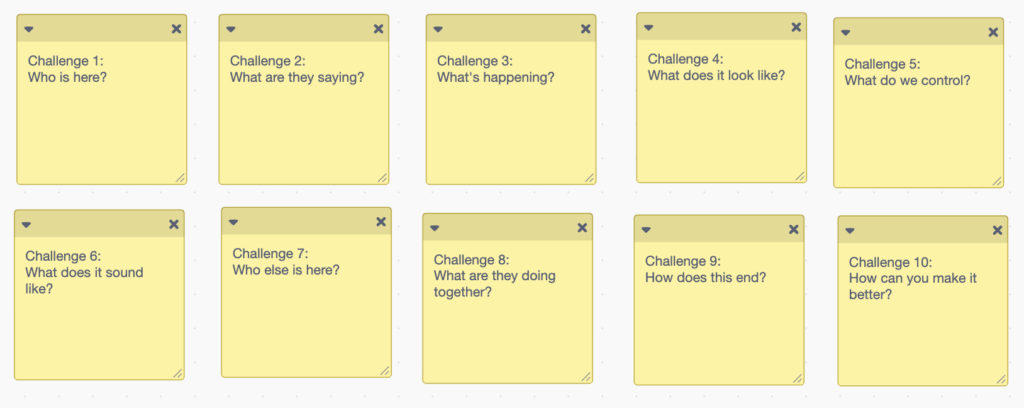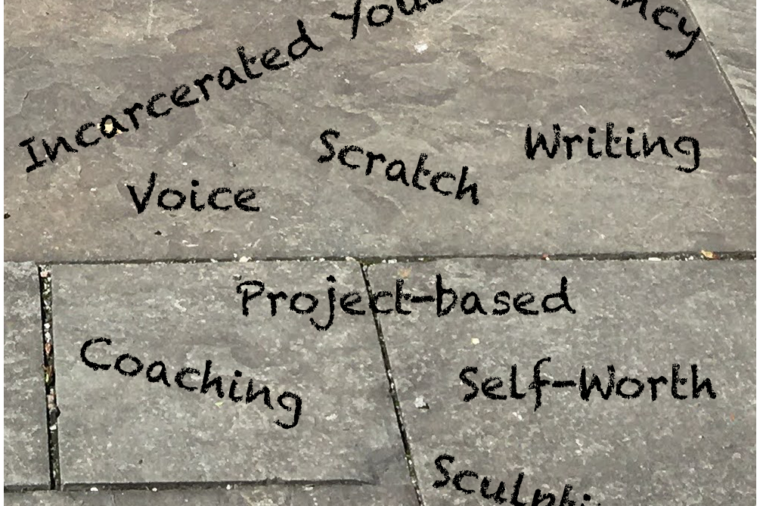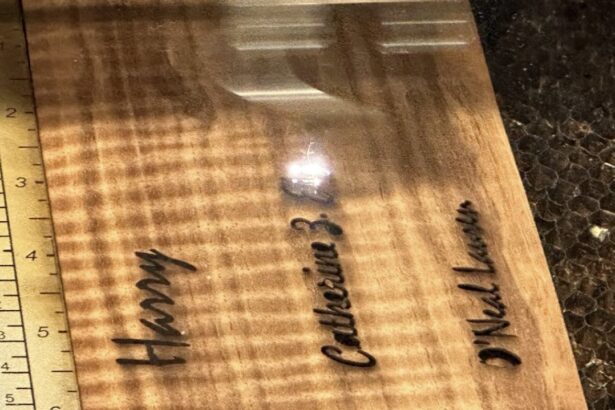I am designing creative learning experiences for incarcerated youth. These experiences are deeply influenced by the contextual environment in which these young people are expected to learn. They are required to meet the same educational standards any student at their age level is expected to meet, yet they are more likely to have a learning disability that requires support they may not be receiving, and each learner has a long history of exposure to adults and systems that have consistently failed them. In this context, the challenge is to create an environment of quality creative learning for these learners and for the system. I have learned in this class that effective learning design is about the process and relationships as well as the end product. I have begun engaging with fellow educators and staff at youth facilities to build important partnerships. What motivates me to include the “system” when designing these experiences is my observations when visiting a local youth facility. What I discovered is that the learning spaces are in a constant state of distraction. Many different adults are present in these spaces besides the educator, and there are numerous interruptions that render a formal learning environment impossible. In this “community,” the relationships and interactions must be accounted for. Attempting to combat them is possible but not fruitful for sustainability.
This work is inspired by my previous experiences working as a technology program manager for the Clubhouse Network and seeing the impact of their learning model. The Clubhouse Network supports the development of informal learning environments that follow the principles of the Four P’s of Creative Learning that were developed by Mitchel Resnick at the Lifelong Kindergarten research group at the MIT Media Lab: projects, peers, passion, and play. In these clubhouses, project-based learning happens as a result of the strategic availability of resources and mentors in a dynamic environment that is influenced by the interests of the youth. Using this model, I am developing activities that would be setup in a carceral environment, engage the youth and the adults, and maintain an effective, flexible creative learning environment. The main topic I chose to focus my design during this initial attempt is storytelling. Following the principles of constructionism embedded in the Clubhouse model, I am developing activities for storytelling using various mediums for construction, such as Scratch, sculpting, and writing.
Activity Examples
Sculpting a character with Playdough
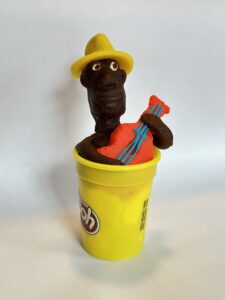
Character building with character attribute cards
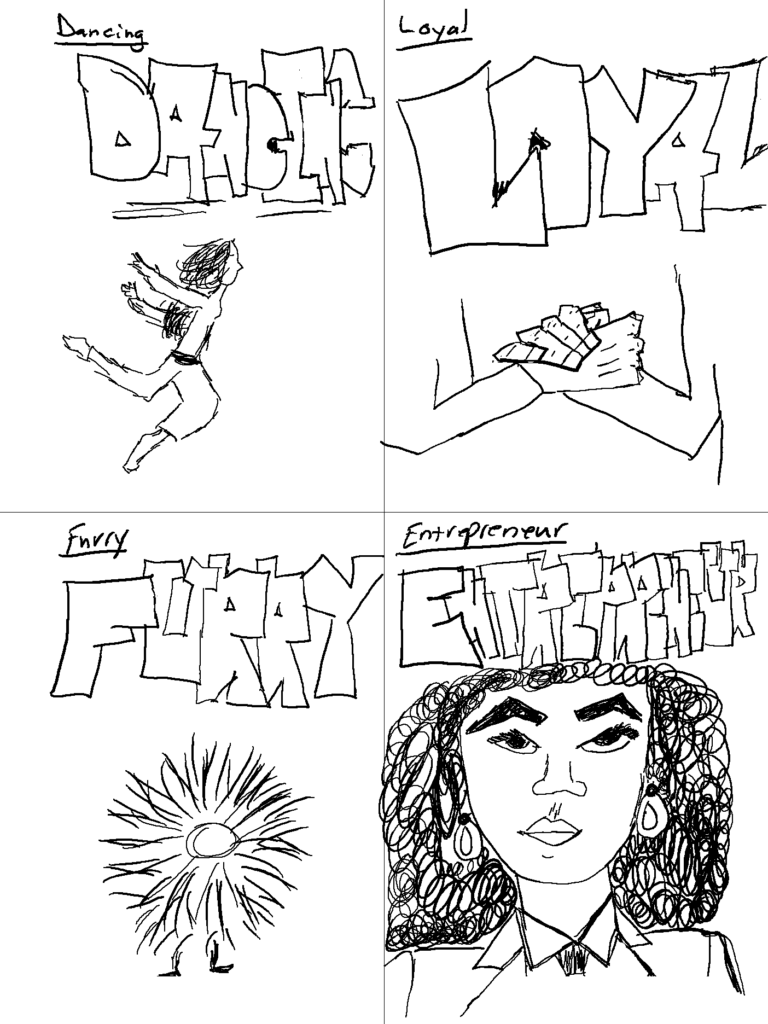
Storytelling with Scratch prompts
